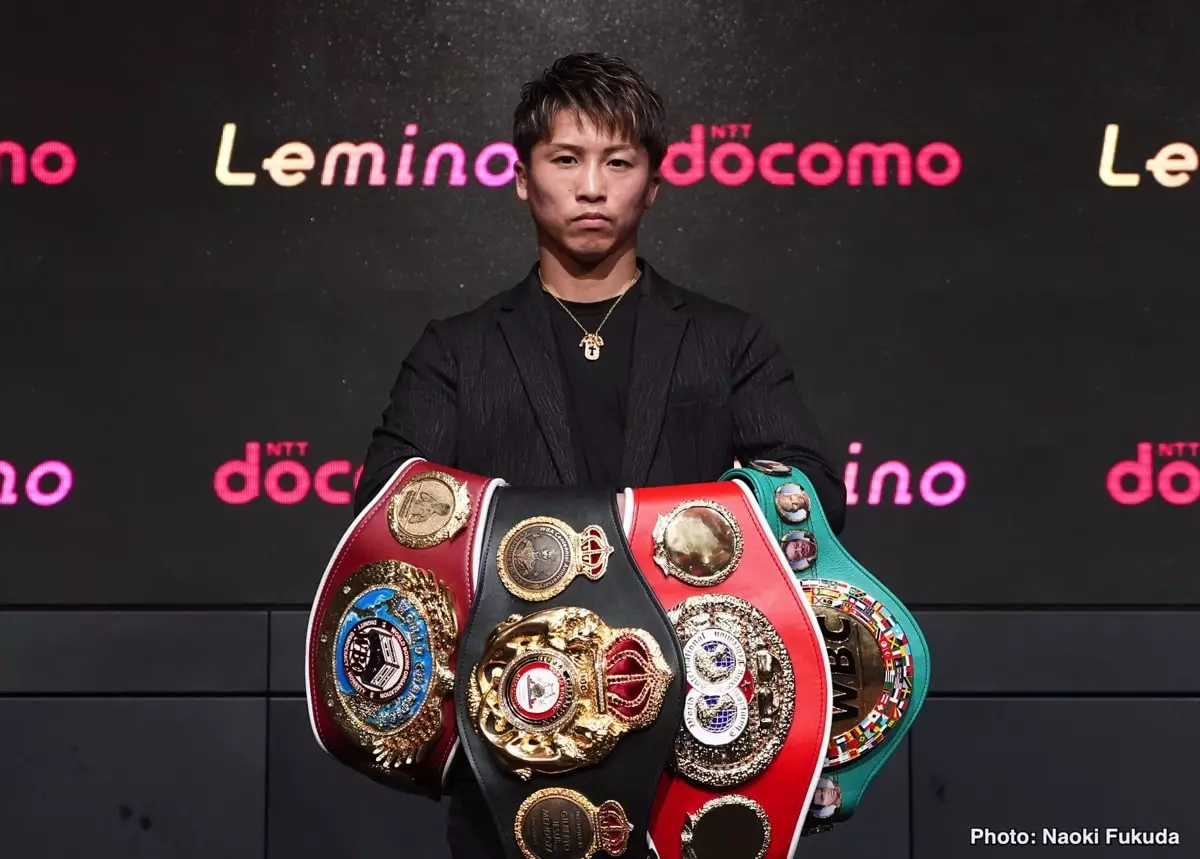Naoya Inoue, often dubbed “The Monster,” stands as an unparalleled figure in Japanese boxing. Known for his thunderous punching power and technical skills, Inoue has captivated fans in his homeland, routinely selling out arenas with staggering capacities. His fights are spectacles, drawing crowds that not only celebrate his athletic prowess but also his cultural significance as a national icon. The gravity of his popularity raises an intriguing question: Why, when he steps onto American soil, does the same fervor seem to dissipate?
The Disheartening U.S. Ticket Sales
Recent reports suggest an alarming lack of interest in Inoue’s upcoming bout on May 4 in Las Vegas, where he’ll face Ramon Cardenas at the T-Mobile Arena. The ticket sales are described as “dead” by industry insiders, indicating that perhaps American boxing fans aren’t as eager to witness the athletic brilliance of one of the world’s elite fighters. Such a situation not only highlights a potential disconnect between U.S. and Japanese boxing audiences but also reflects broader issues within the sport’s promotional strategies and their ability to connect with diverse fan bases.
Evaluating Promotional Strategies
The dismal ticket sales pose a direct challenge for Top Rank, Inoue’s promoter, and begs an evaluation of their promotional efforts. In an era where social media and digital marketing can shape perceptions and fan engagement, it is perplexing that a fighter of Inoue’s caliber is struggling to spark interest. Is it possible that promotional strategies have failed to properly highlight Inoue’s appeal to American audiences? Perhaps a more dynamic engagement with potential fans, utilizing digital platforms, could have been employed to showcase the fighter’s skills, and enhance his profile beyond the confines of his home country.
Factors Influencing Fan Engagement
Economic realities also play an undeniable role in this scenario. With rising inflation and financial strain affecting families across the U.S., ticket prices could deter potential attendees. Furthermore, the choice of opponent—Ramon Cardenas—although impressive with his record, may not generate the kind of excitement that draws casual viewers. This raises the question: Should promoters consider more high-profile matchups to magnify Inoue’s presence in the U.S.?
Future Implications for Inoue
While ticket sales could still unexpectedly spike before fight night, the initial response paints a troubling picture for Inoue’s venture into the American boxing scene. If he does ultimately face the prospect of fighting in a near-empty arena, it may lead him to reconsider how frequently he opts to compete outside of Japan. Inoue’s status is unquestionable in Japan, but for his global aspirations, finding ways to resonate with U.S. audiences will be crucial.
The potential embarrassment of poor attendance is not just a reflection on Inoue but on the entire boxing industry. It raises questions about how the sport can evolve to rejuvenate fan interest and engagingly market its brightest stars. The battle for attention in the boxing arena is as significant as any title fight, and it appears that, for now, Inoue remains an undisputed champion in Japan, with yet another challenge ahead of him in America.


Leave a Reply